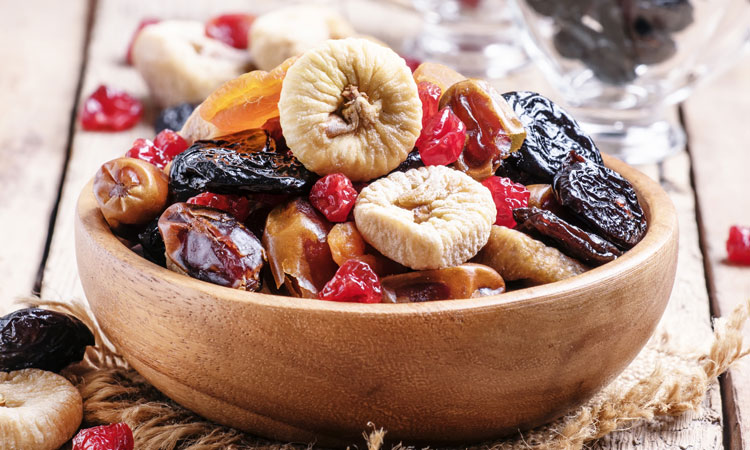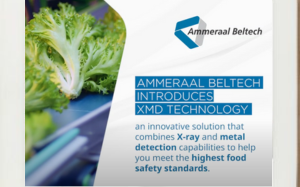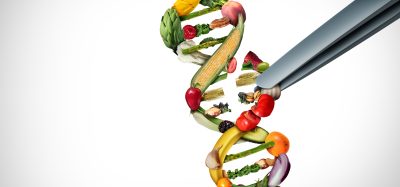EFSA calls for public consultation for Ochratoxin A
- Like
- Digg
- Del
- Tumblr
- VKontakte
- Buffer
- Love This
- Odnoklassniki
- Meneame
- Blogger
- Amazon
- Yahoo Mail
- Gmail
- AOL
- Newsvine
- HackerNews
- Evernote
- MySpace
- Mail.ru
- Viadeo
- Line
- Comments
- Yummly
- SMS
- Viber
- Telegram
- Subscribe
- Skype
- Facebook Messenger
- Kakao
- LiveJournal
- Yammer
- Edgar
- Fintel
- Mix
- Instapaper
- Copy Link
Posted: 9 December 2019 | New Food | No comments yet
The EFSA is seeking feedback about public health risks related to the presence of Ochratoxin A (OTA) in food.


The European Food Safety Authority (EFSA) has announced it is seeking feedback from interested parties on its scientific opinion about public health risks related to the presence of Ochratoxin A (OTA) in food – a mycotoxin naturally produced by fungi such as the Penicillium and Aspergillus species.
OTA is found in a variety of foods including grains and grain products, preserved meats, fresh and dried fruits. It is also found in breast milk.
The EFSA previously assessed public health risks related to OTA in food in 2006. Experts concluded that OTA accumulates in the kidney and is particularly toxic to this organ. At high doses, OTA also causes kidney tumours in rats. Due to these results, EFSA set a tolerable weekly intake (TWI) of 120 nanograms per kilogram of body weight.
More information has since become available suggesting that OTA may be genotoxic and carcinogenic, the EFSA said. In such cases, EFSA experts calculate a margin of exposure (MOE) for consumers.
In general, the higher the MOE, the lower the level of concern for consumers. The estimated MOE for OTA is below 10,000 across most consumer groups, suggesting a possible health concern.
The MOE is a tool used by risk assessors to characterise the risk from exposure to genotoxic and carcinogenic substances, which may be found in food or feed. It provides an indication of the level of safety concern about a substance’s presence in food but does not quantify the risk.
The MOE is a ratio of two factors: the dose at which a small but measurable adverse effect is observed and the level of exposure to the substance.
The deadline for submitting comments is 24 January 2020.
Related topics
Food Safety, Mycotoxins, Regulation & Legislation, The consumer









